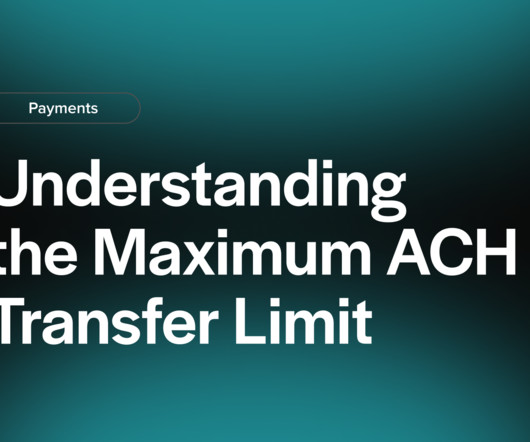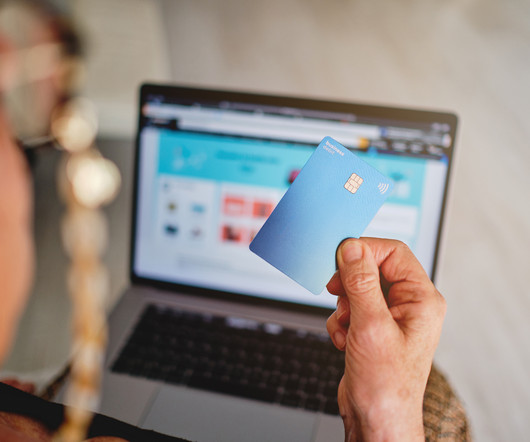ACH Payment vs Wire Transfer Similarities and Differences: How to Choose Between ACH vs Wire
Stax
SEPTEMBER 17, 2024
And on that note, two of the most common modes of electronic funds transfer are ACH and wire transfers. In this post, we’re going to review ACH and wire transfers, look at their similarities, and then see how they compare against each other. A typical ACH transaction is like a machine with multiple moving cogs.












Let's personalize your content